ScienceDaily (Feb. 24, 2009) — While working on her doctorate, Anette Bauer Ellingsen discovered potentially disease-causing vibrios (Vibrio cholerae, V. parahaemolyticus and V. vulnificus) in Norwegian seafood and inshore seawater.
Anette Bauer Ellingsen studied the occurrence of potentially pathogenic vibrios in Norway. These species include the cholera bacterium (V. cholerae) and the lesser-known species V. parahaemolyticus and V. vulnificus. All of these species may cause disease in people who eat raw or lightly-cooked seafood, and they can also cause extremely serious wound infection.
In Japan, V. parahaemolyticus is one of the most common causes of food poisoning, due to the Japanese predilection for sushi. In the USA, food poisoning caused by this bacterium is primarily associated with eating oysters.
Vibrio vulnificus is also associated with oyster eating, and this bacterium causes the greatest number of deaths from seafood poisoning in the USA.
That these bacteria also occur in Norway was previously unknown, and this is the first time that V. cholerae and V. vulnificus have been isolated from the Norwegian environment. All of the three vibrios were demonstrated in Norwegian mussels (at fewer than 100 bacteria /gram) and in Norwegian seawater (up to 30,000/litre) during the course of the study. They were first and foremost demonstrable when the water temperature rose above 20°C.
"Dangerous" and "not so dangerous" forms
It's important to emphasise that there can be big differences in pathogenicity within a species. Both V. cholerae and V. parahaemolyticus have their "dangerous" and "benign" variants, based on the toxins they produce. All V. vulnificus are assumed to be more or less equally dangerous, primarily in people with predisposing illnesses such as diabetes or hepatitis, and for people with weakened immunity.
Part of Anette Bauer Ellingsen's work was to investigate whether the "dangerous" variants of V. cholerae and V. parahaemolyticus occur in Norway. None of the cholera toxin-producing variants of V. cholerae were found among the Norwegian samples. However, it was discovered that some of the V. parahaemolyticus bacteria produce a toxin liable to cause diarrhoea.
The study showed that the danger of food poisoning posed by vibrios in Norwegian food products is extremely small. Nonetheless, toxin-producing V. parahaemolyticus was demonstrated, so one should be careful when eating raw or lightly-cooked seafood, for example, oysters.
Recreational activities and sore infection
In fact, the greatest risk of infection from vibrios is not food. There is possibly a greater chance of being infected in connection with recreational activities such as swimming or handling marine fish and shellfish in periods with high water temperature. All of the bacteria that were discovered during this study are liable to produce serious wound infection, especially in people with reduced immunity.
The study was carried out under the auspices of the Norwegian School of Veterinary Science, The Norwegian Food Safety Authority and the The Fishery and Aquaculture Industry Research Fund.
Anette Bauer Ellingsen B. Sc. (hons) defended her thesis, entitled " Vibrio parahaemolyticus, V. cholerae and V. vulnificus in Norway, with special attention to V. parahaemolyticus", on December 22, 2008, at the Norwegian School of Veterinary Science.















